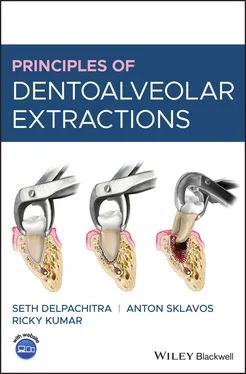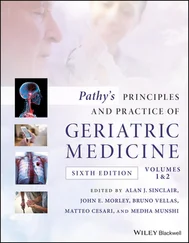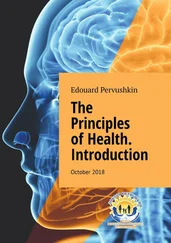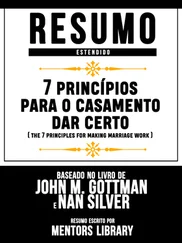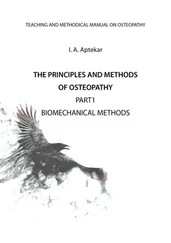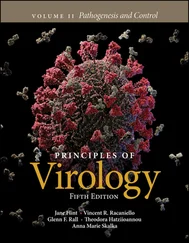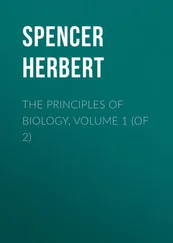General anaesthesia will render the patient completely unconscious, and involves securing the airway using a laryngeal mask or endotracheal tube. It should be provided by a specialist anaesthetist or a suitably qualified medical professional. Dentoalveolar extractions carried out under general anaesthesia involve a shared airway, and communication with the anaesthetist throughout the procedure is essential.
1.6 Preparation of Equipment
Preparation for dentoalveolar extractions must follow the principles of asepsis, with strict maintenance of an aseptic operative field ( Figure 1.6). The fundamental reason for this is to prevent transmission of microorganisms, which may cause surgical‐site infections, transmit bloodborne diseases, and prolong postoperative healing. Inadequate or insufficient adherence to appropriate aseptic techniques or inadequate sterilisation of surgical instruments can result in harm to patients.
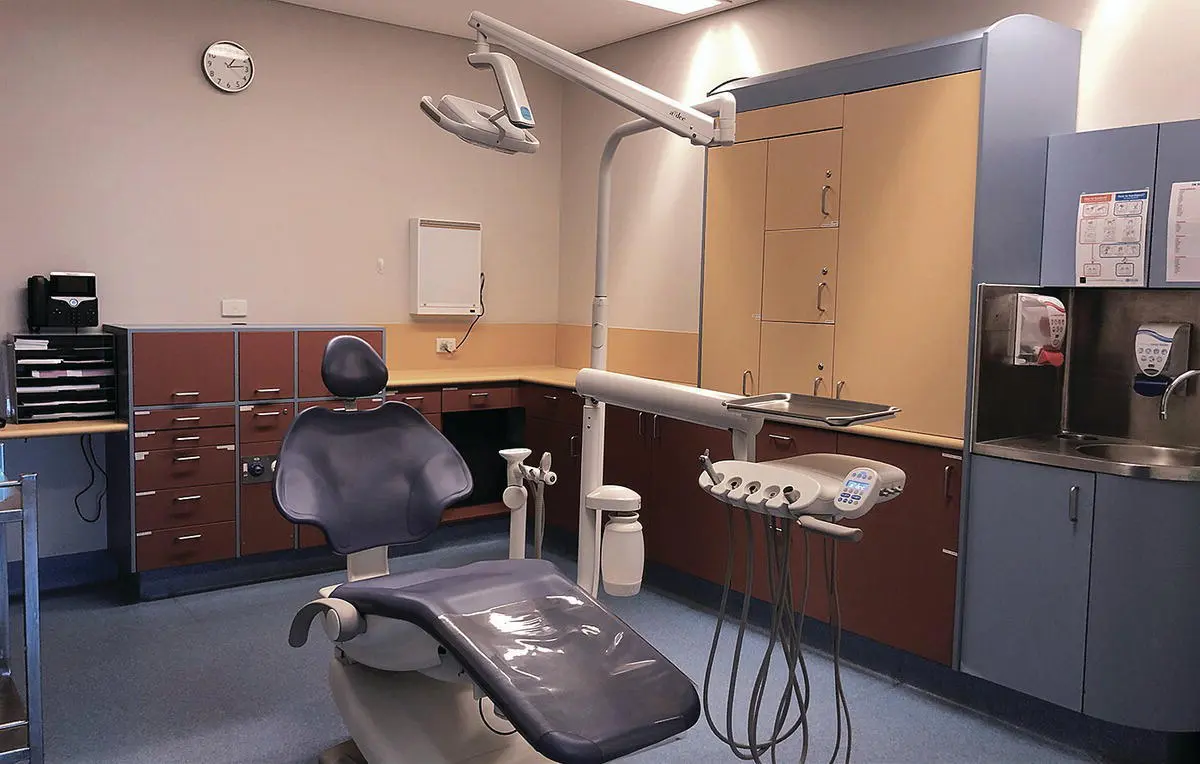
Figure 1.6 Clinic room with defined administrative, operative, and hygiene areas.
In hospital settings, sterilisation of instruments is usually performed through a hospital‐wide central sterile services department. In the clinic setting, surgeons and their staff are responsible for the setup and proper maintenance of appropriate sterilisation facilities.
Prior to sterilisation, instruments should be wiped clear of obvious blood and debris, then cleaned in an ultrasonic (a machine that uses ultrasonic sound waves to vibrate instruments in order to remove small debris). The instruments should be wrapped or bagged, and chemical indicators that will change when sterilisation conditions are met placed on the equipment. Any practice that provides outpatient surgical procedures must ensure that staff are appropriately trained in sterilisation procedures and understand the basic minimum requirements.
Sterilisation of surgical equipment will fall into one of three categories: dry heat, moist heat, or sterilisation with gas. The sterilisation equipment must undergo regular and annual checks to ensure it is adequately maintained.
1.7 The Surgeon's Preoperative Checklist
When preparing for a procedure, the surgeon should run through a checklist to ensure that everything is in order. This includes:
A signed consent (to be reviewed with the patient on the day of surgery).
Confirmation of any allergies.
A current radiograph, displayed in the surgical room (to be visible to the surgeon during the procedure).
Confirmation of the correct side and site of the procedure.
Use of personal protective equipment.
Surgical handwash, gowning, and gloving.
The surgeon and trained staff should ensure that all equipment has been sterilised, is in suitable condition, and is handled in accordance with aseptic non‐touch techniques. All equipment that is anticipated to be used or which may be required in the event of a complication should be ready. In some cases, it may be useful to have a ‘scout’ nurse to collect additional equipment as required.
All surgical procedures require adequate lighting in order to visualise the operative field. This is particularly important when working in a small area such as the mouth. An overhead light should be used to ensure that both the surgeon and the assistant have adequate visual access to the field. The surgeon may also use a personal headlamp.
The surgeon should perform a surgical handwash prior to the procedure, as per the World Health Organization (WHO) surgical handrubbing technique, to ensure disinfection of contaminated skin of the hands, arms, and elbows ( Figure 1.7). Typically, this will involve the use of a chlorhexidine‐ or iodine‐based surgical handwash.
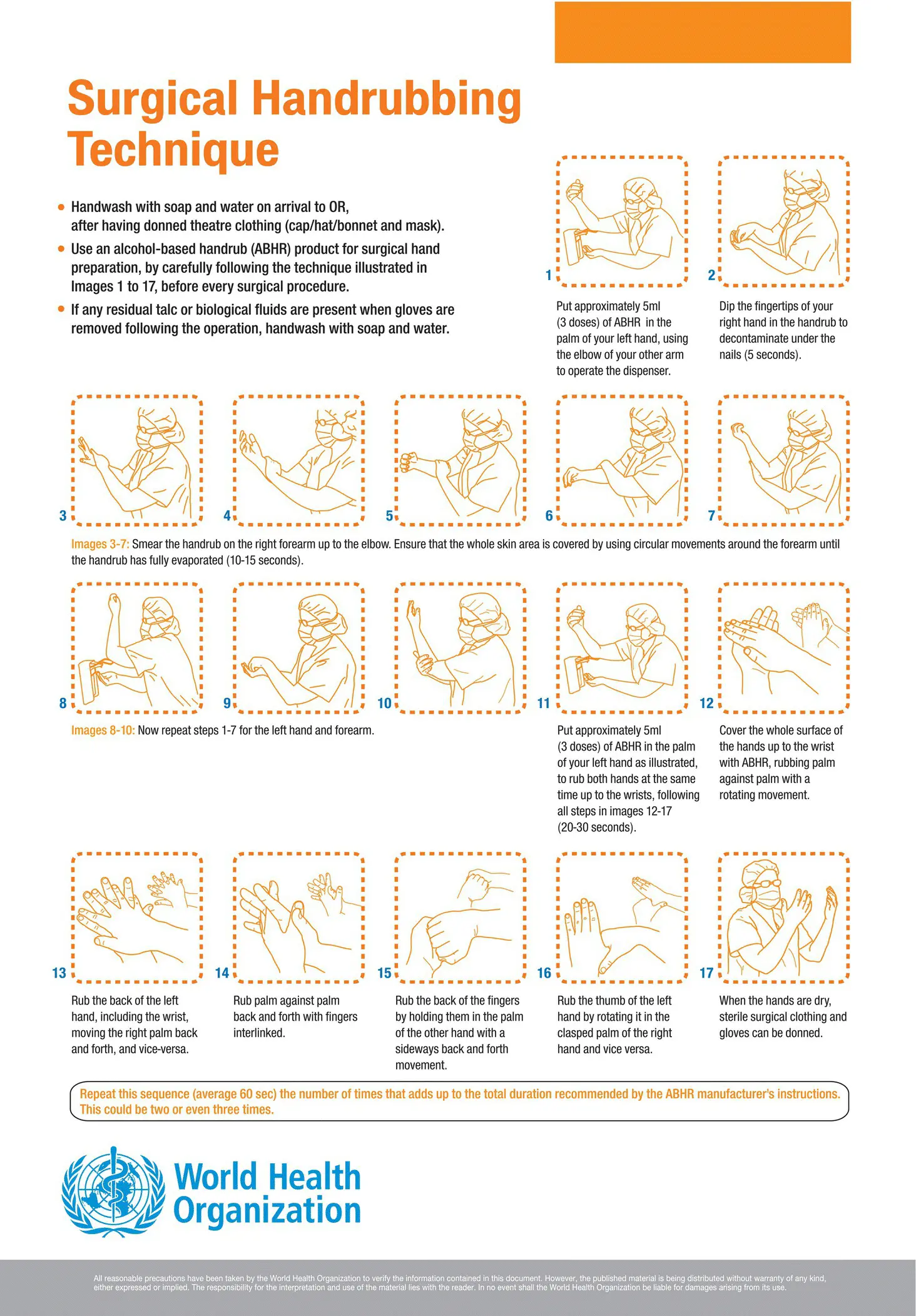
Figure 1.7 WHO surgical handrubbing technique.
Source: From Surgical Handrubbing Technique, https://www.who.int/gpsc/5may/hh‐surgicalA3.pdf, WHO. © WHO.
After the handwash, the surgeon must apply a sterile gown and gloves, so that they may enter the sterile field without contamination ( Figure 1.8).
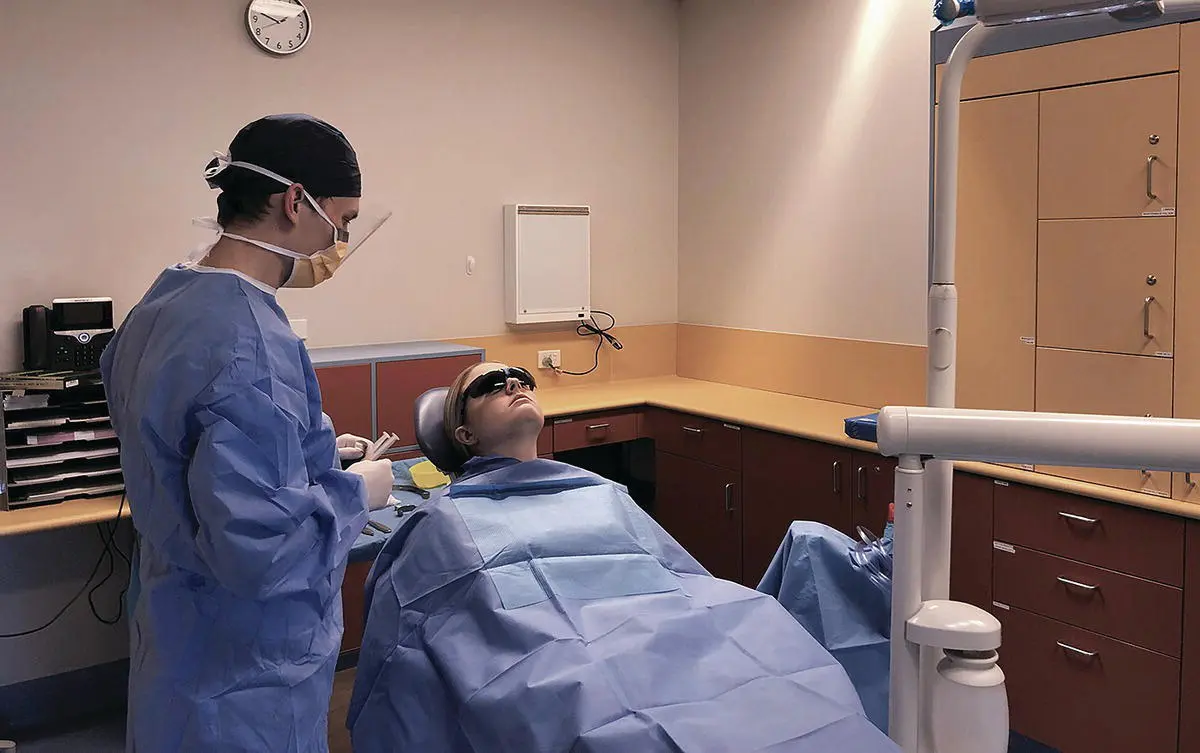
Figure 1.8 Dentist with sufficient sterile and personal protective attire for dentoalveolar surgery.
Following a surgical procedure, detailed clinical notes should be completed as soon as possible, listing all medications or anaesthetics administered and steps taken, the difficulty of the procedure, any intraoperative complications that arose, and any postoperative discussions with or instructions given to the patient. At a minimum, the operative note should include:
Indications for the procedure and a summary of intraoperative findings.
Type of anaesthesia used (relative anaesthesia, oral or IV sedation, general anaesthesia):specifically, the type of local anaesthesia, dose administered, concentration, and use of vasoconstrictors.
A detailed procedural note, including:methods used for extraction (‘simple’ versus ‘surgical’), with a detailed description of each step;any complications encountered;difficulty of the procedure;haemostatic agents used;suture type;ease in obtaining haemostasis.
Additional notes on any medications prescribed, including type, dose, and duration.
Any postoperative orders that were given to the patient, and how they were transmitted (written, verbal, or both).
The date and time of the follow‐up appointment.
The operative note must reflect a legal memorandum outlining the specific intraoperative details of every case; a good clinical note enables continuity of care, provides a basis for informative evidence for any future complaints or complications, and enhances communication between healthcare professionals.
Конец ознакомительного фрагмента.
Текст предоставлен ООО «ЛитРес».
Прочитайте эту книгу целиком, купив полную легальную версию на ЛитРес.
Безопасно оплатить книгу можно банковской картой Visa, MasterCard, Maestro, со счета мобильного телефона, с платежного терминала, в салоне МТС или Связной, через PayPal, WebMoney, Яндекс.Деньги, QIWI Кошелек, бонусными картами или другим удобным Вам способом.
